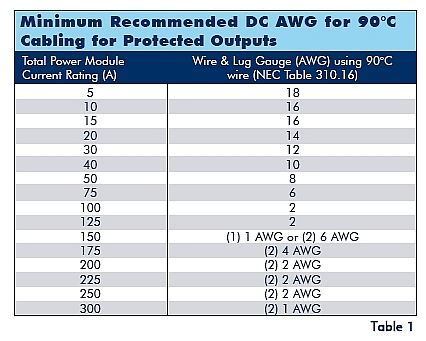In the past couple of months, AddOhms has caught a little bit of a following. Nearly every day I have new questions coming my way. I decided to it was time to address a couple of really good questions in a video response. Ironically, in the video I mentioned giving “behind the scenes” info with each video. However, for this one, I don’t really have any. I can say that the next video is going to be on transistors…
The fifth episode of AddOhms tackled the difference between AC and DC. One of the things I wanted to stress in this tutorial is that even though the acronyms stand for “current”, they get used to describe voltages as well. Which, after a video on the difference between voltage and current, seemed like something that needed to be stated.
No behind the scenes for this one, just the finished video.
In an ideal world, wires would be ideal. They’d have no resistance, and therefore, no voltage drop. As we all know, our world is far from ideal which means so are our wires. While copper is an excellent conductor, it does have some resistance associated with it.
This means when designing DC circuits, very common in the hobby world, you may need to take into account the size of the wire you’re using.
David Norton at EDN has put together an excellent primer titled: What size and type of output wires should I use?. Give it a read, bookmark it, and if you use Evernote like me, clip it.




